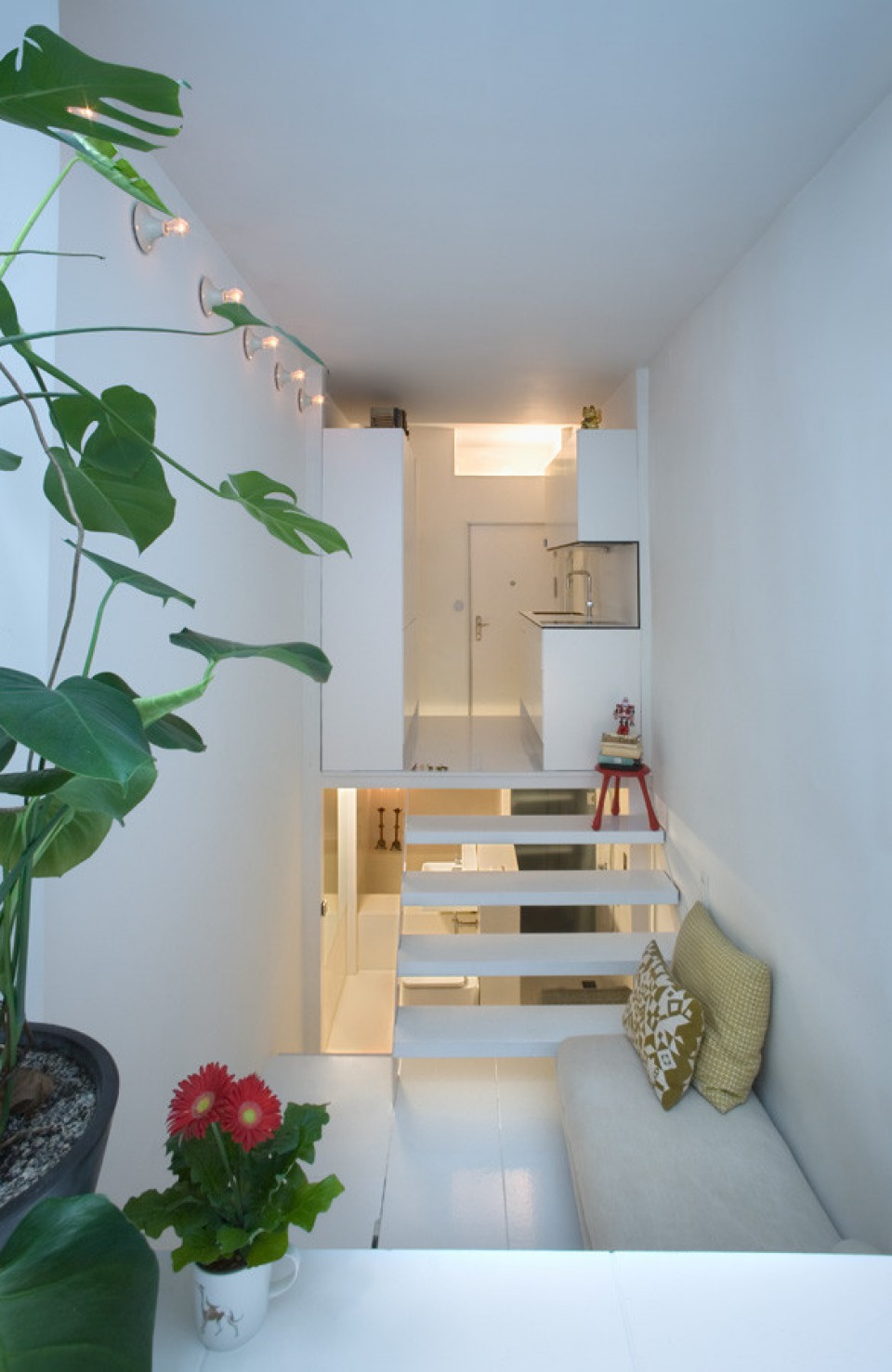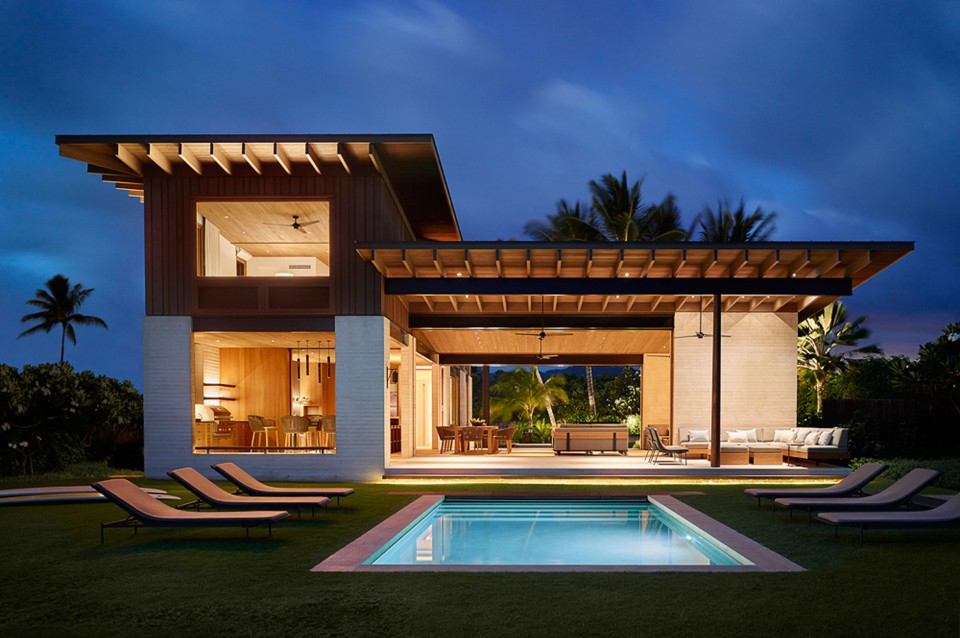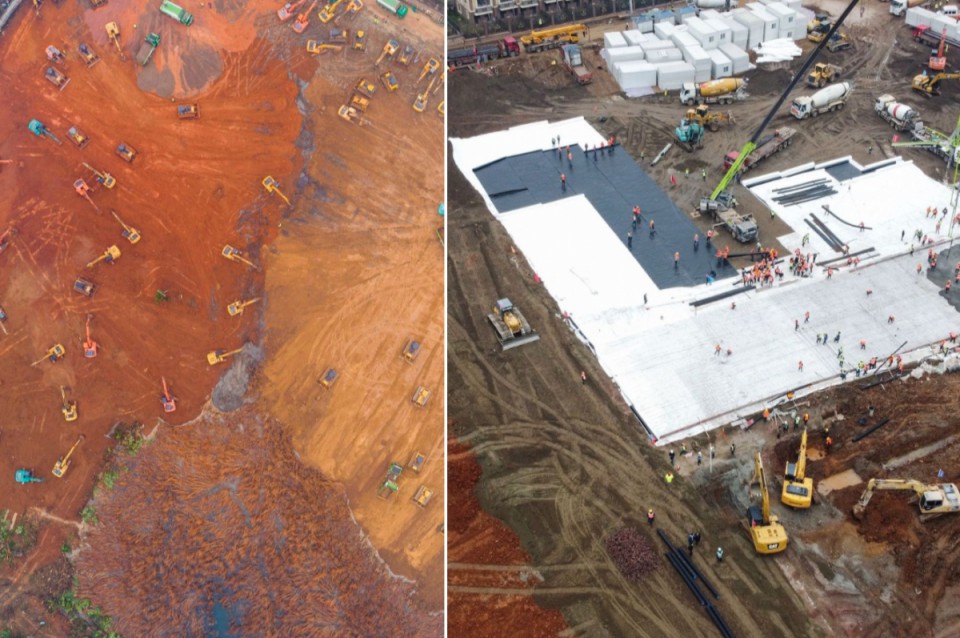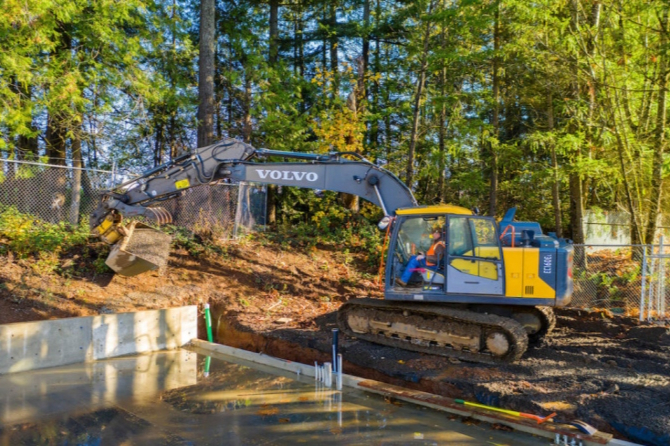R+E House: A Home with Open Spaces and a "Floating Box" in its Interior
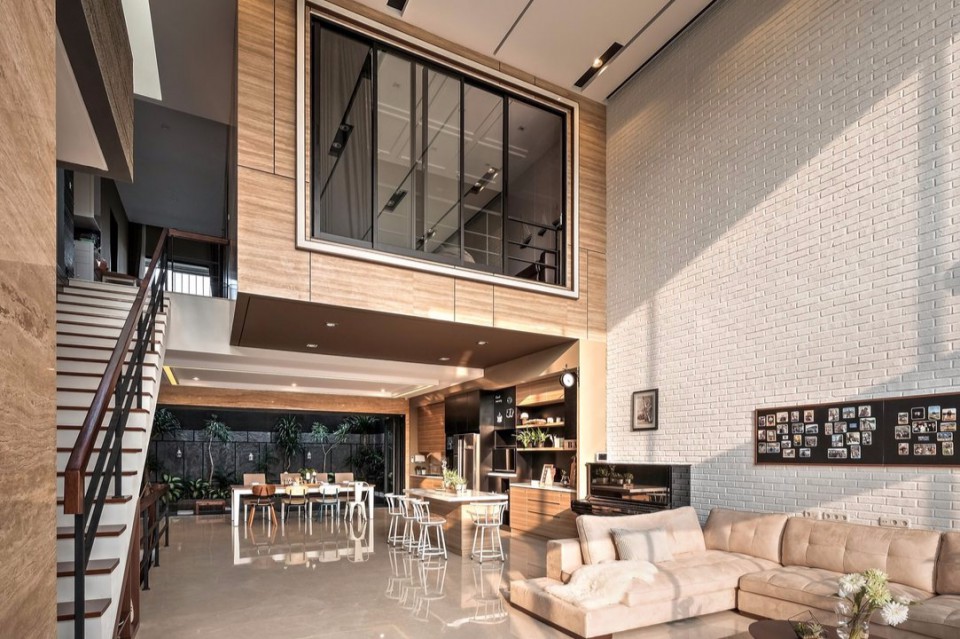
This residence is located in West Jakarta, with a land area of 300 square meters. The house is inhabited by a young family with two children. In designing this house, the focus was on the daily activities of the client's family. Architect Don Pieto and Henny Suwardi from DP+HS Architects created a space that connects various rooms with different activities.
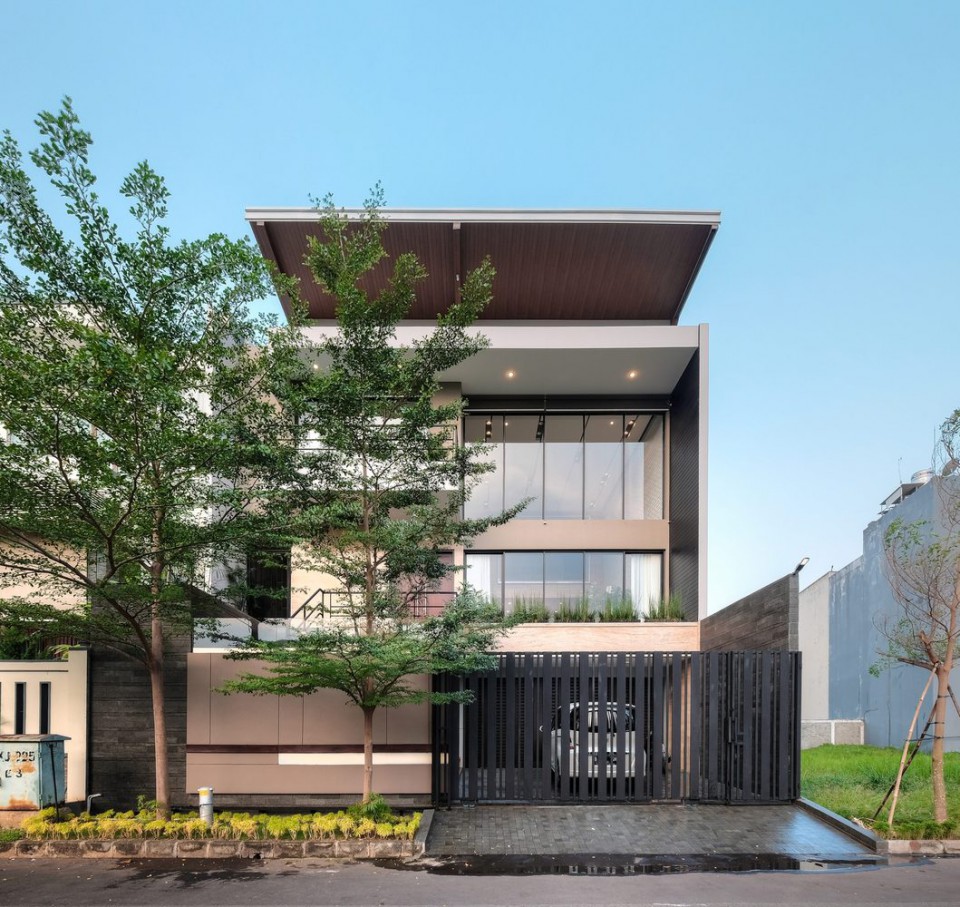
As every room and activity are interconnected, this young family spends most of their time together in the house. Although the house is built on a fairly large plot of land, the primary focus of the design is to maintain the natural, years-long connections applied to interconnected space designs.
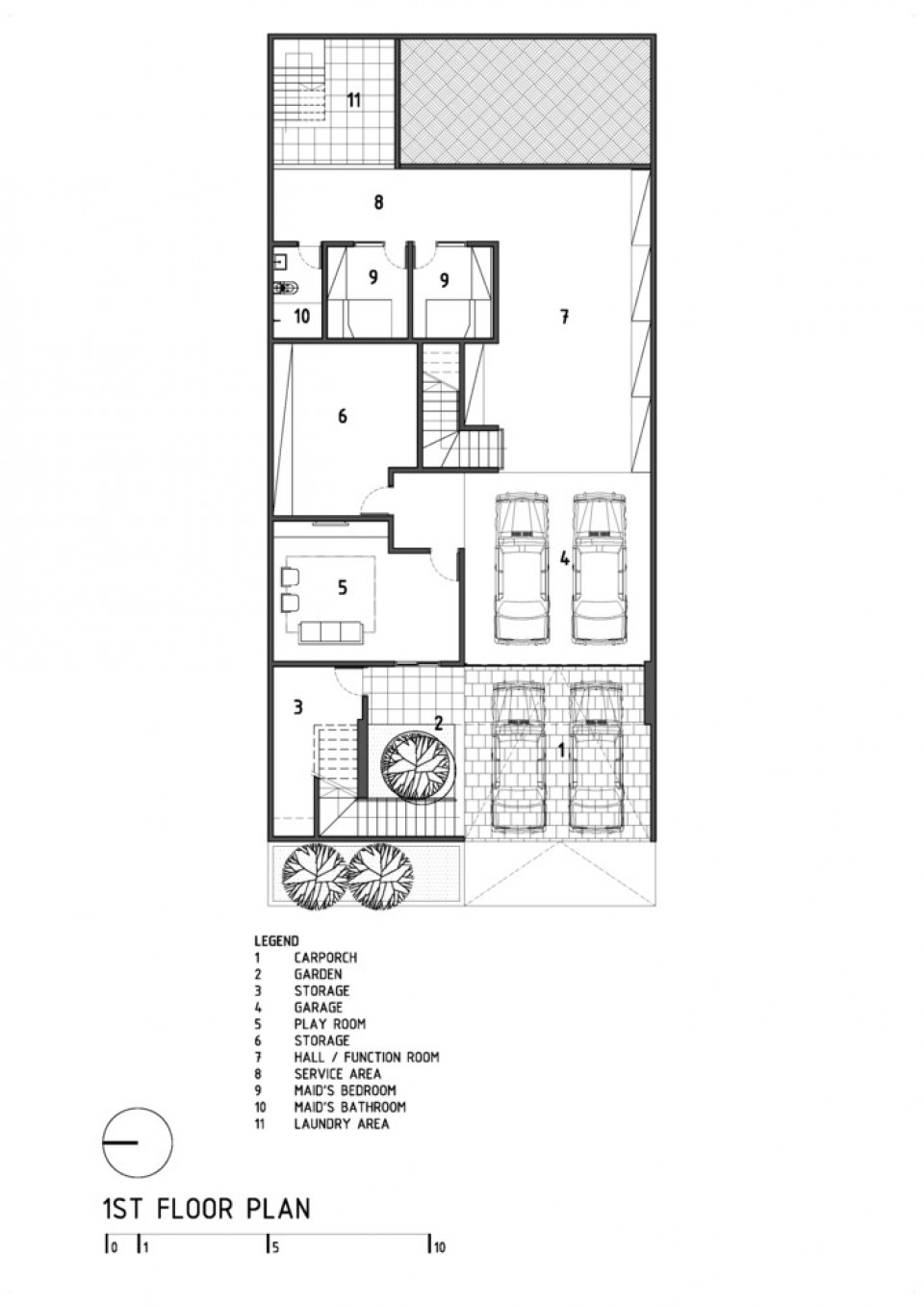
This three-story house has different functions on each floor. The bottom-most floor primarily focuses on service areas. This floor includes vehicle parking, a playroom, a maid's bedroom, a bathroom, and a laundry area.
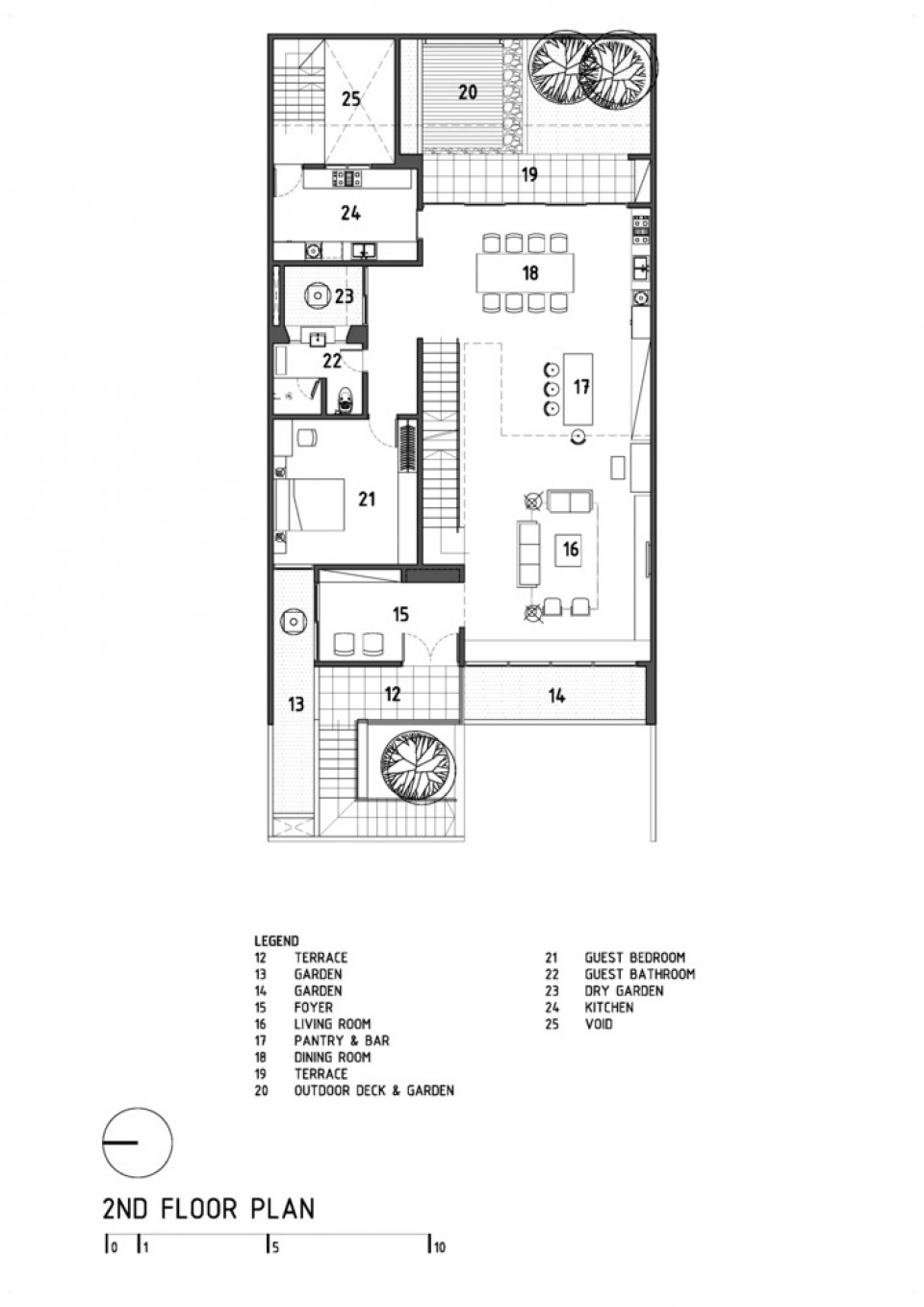
Moving up to the second floor, it is the most spacious area inside the house. The main function of this floor is for gathering and primary activities. The open space in the middle of the house is used as a family room, dining area, and pantry connected to the backyard through its glass windows. This floor also houses a guest bedroom. Adjacent to the guest bathroom is a dry garden. Beyond just the pantry, this house also has a kitchen accessible from its rear staircase.
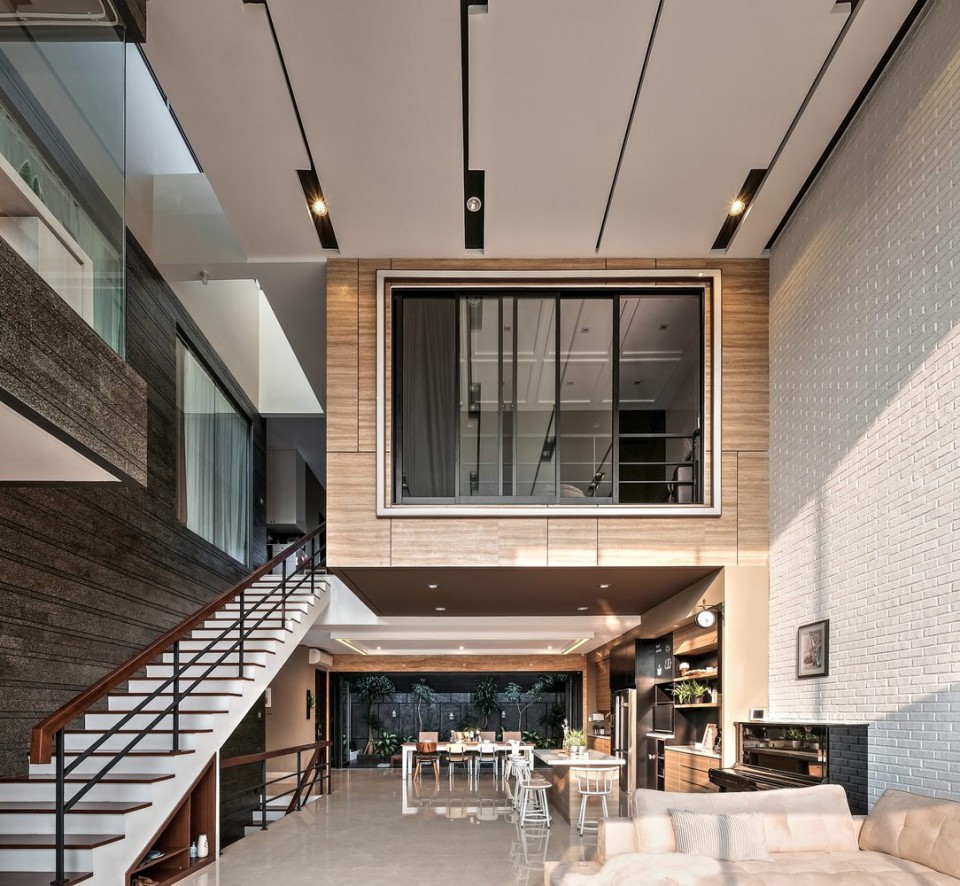
The family room in the middle serves as a connector, both vertically and horizontally, in terms of space and activities. Large and tall glass walls face the main street to provide light to the entire space. Air openings are located under the glass roof directly above the staircase area. These openings are designed to let hot air out of the building, implementing a cross-ventilation system in the house.
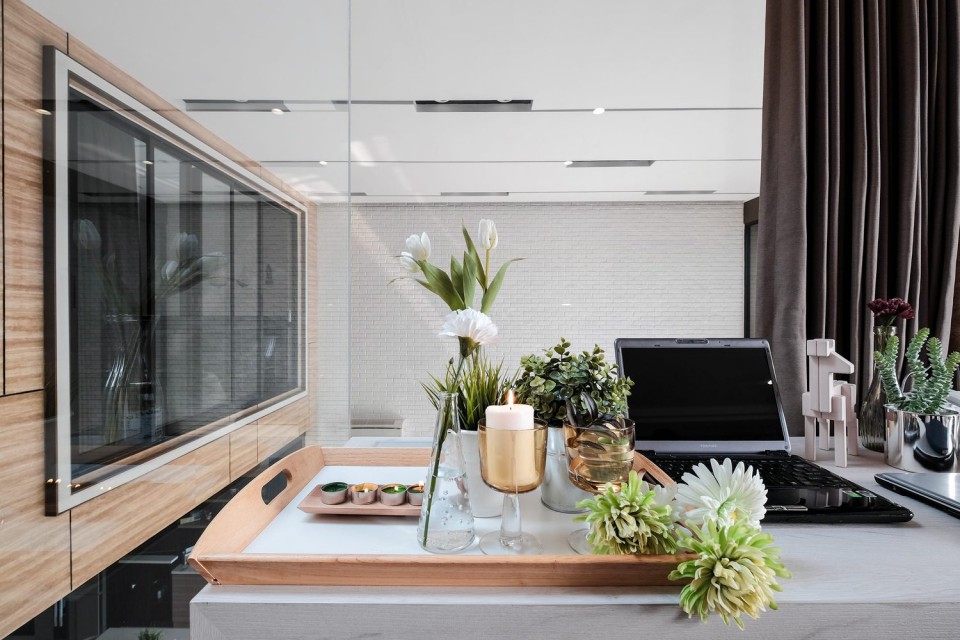
The uniqueness of this house lies in the "Floating Box" positioned above the dining area, precisely on the third floor. This area serves as a multifunctional space with wide openings to maintain vertical room connections. This versatile space can be used for gathering, studying, or as a workspace.
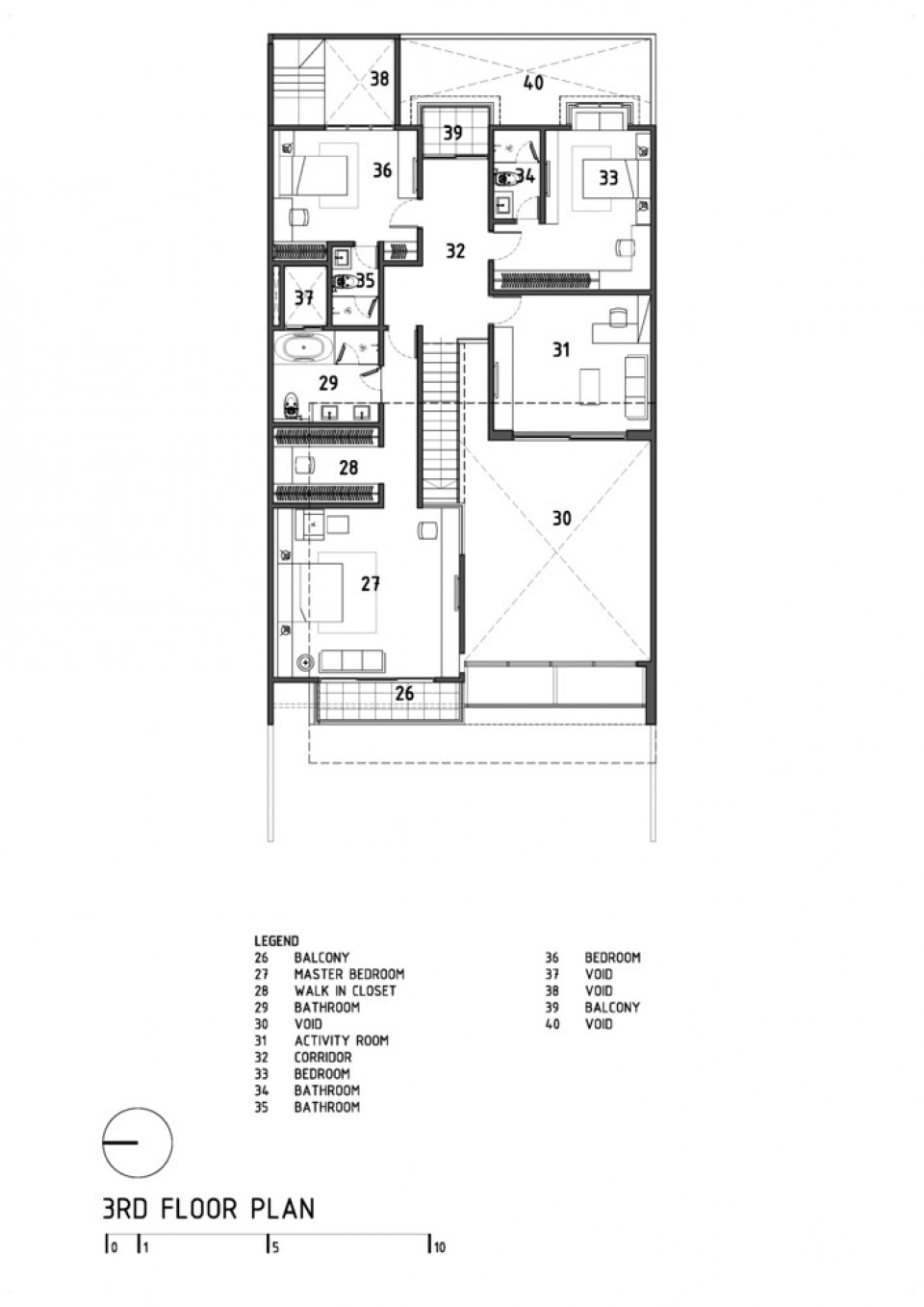
Outside this area, there are two children's bedrooms equipped with en-suite bathrooms. The master bedroom, where the parents reside, is on the other side of the central living area, facing the family room, allowing them to supervise the children's activities and playtime indoors.

The master bedroom also features a balcony facing the main street. Inside the house, windows provide a wide and distant view into the room.
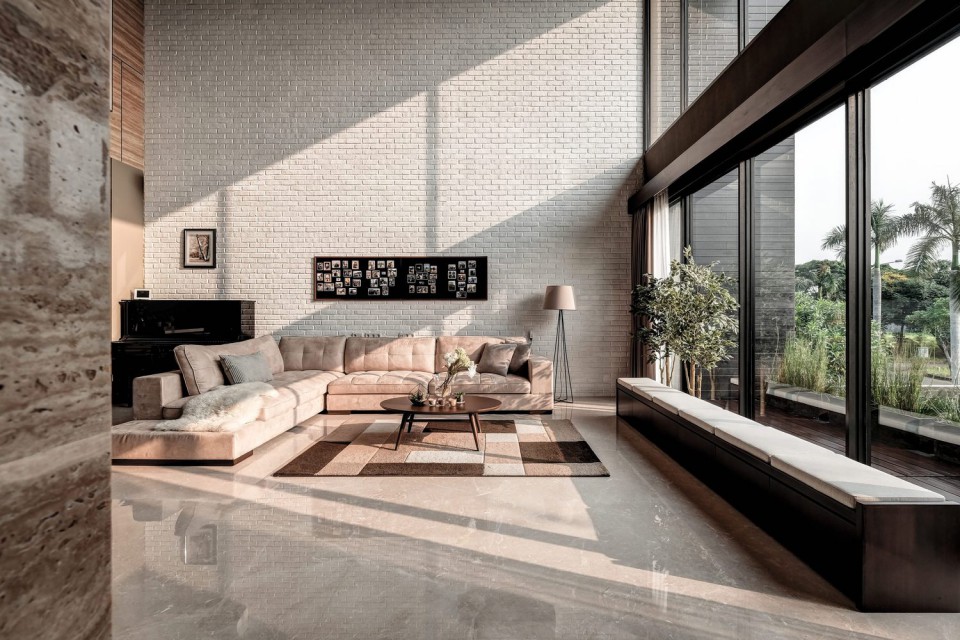
Different materials were used for finishing in each area of the house to create a distinctive atmosphere and emphasize that each space has unique characteristics and activities. The family room is adorned with white cars and exposed bricks on the walls to provide a bright and casual textured wall for gatherings. This also helps illuminate all corners of the open space, reflecting light throughout.
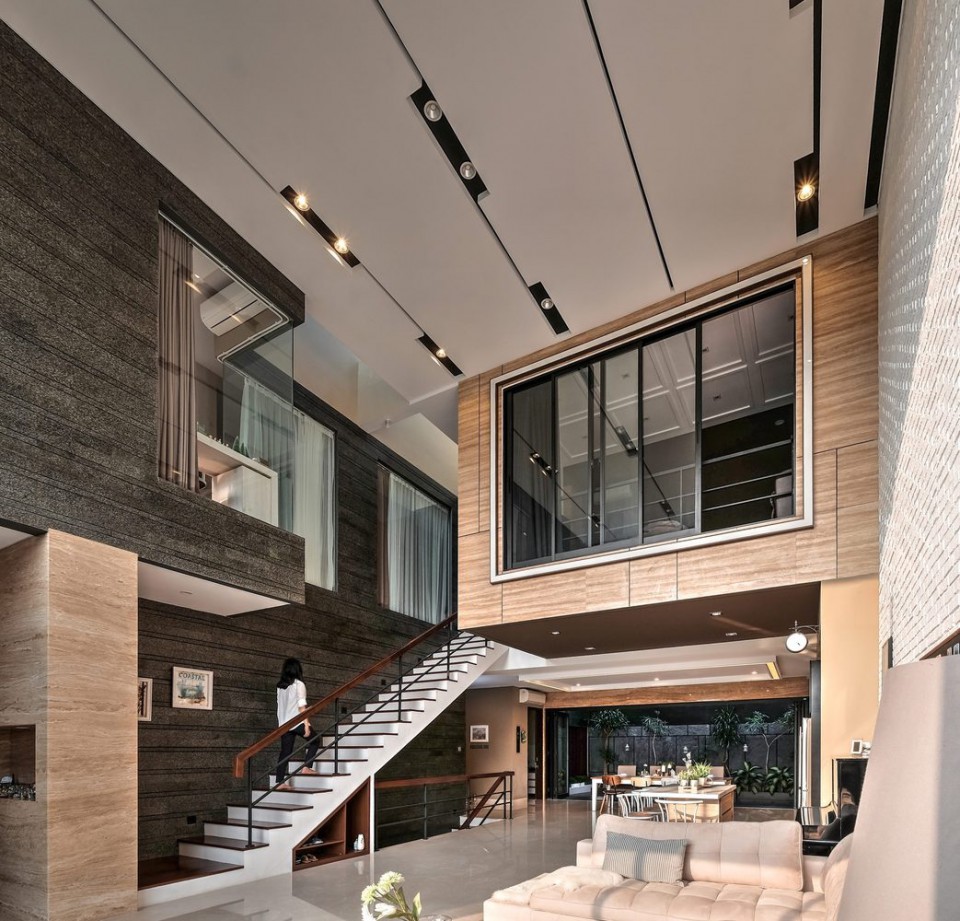
As for the floating box on the third floor, it is designed with panels on the walls arranged in specific patterns to emphasize the form and color of the room as well as the activities within. The master bedroom's walls are finished with dark natural stones to accentuate the room's spaciousness and brightness.

The rooftop of the house is accessible through the back staircase and is used for service purposes. This area functions as a utility and service area, including drying clothes and various other service facilities that can be placed on the roof.
Source: R+E House


